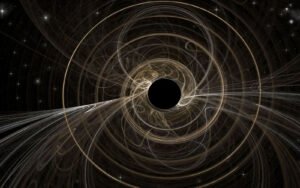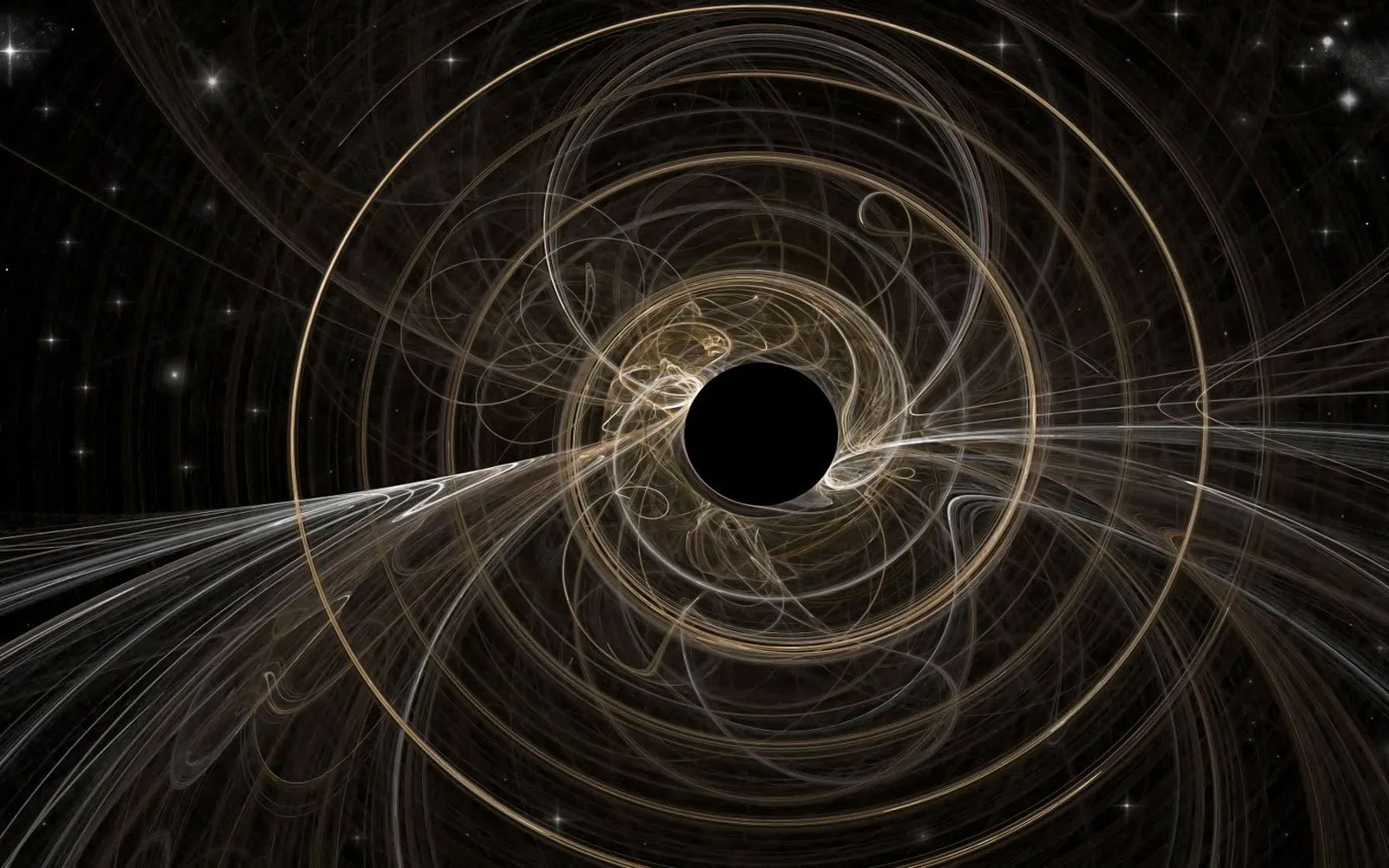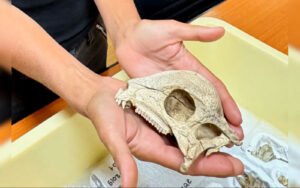Stephen Hawking black hole theory proven After 10 Years of Black Hole Science, Gravitational Wave Discovery
Stephen Hawking’s Theory Finally Proven
After a decade of groundbreaking discoveries in astrophysics, scientists have officially confirmed one of Stephen Hawking’s most iconic theories about black holes. According to recent findings published in Physical Review Letters, the surface area of a black hole can never decrease. This was proven after the analysis of gravitational waves emitted from colliding black holes 1.3 billion light-years away.
Gravitational Waves Strengthen Proof
Since the first detection of gravitational waves in 2015, researchers have improved detector sensitivity, allowing them to analyze black hole mergers in greater detail. Earlier this year, signals confirmed that two massive black holes combined to form one with a surface area significantly larger than their combined initial areas — aligning perfectly with Hawking’s prediction.
Stephen Hawking black hole theory proven Advancements in Detection Technology
The LIGO observatories in Louisiana and Washington, upgraded multiple times over the past decade, were key to this achievement. The improved clarity of gravitational wave data enabled scientists to observe black hole dynamics with unmatched precision, making it possible to test and validate complex theories once thought unprovable.
 Hawking’s Legacy Lives On
Hawking’s Legacy Lives On
Though Stephen Hawking passed away in 2018, his scientific legacy continues to shape modern astrophysics. Researchers believe this discovery cements his place alongside Albert Einstein, who first predicted gravitational waves in 1916 but doubted their detectability. Now, with new detectors planned, scientists say the next decade may unlock even deeper secrets about the universe.
Hawking’s 1971 Theory Confirmed
In 1971, Stephen Hawking proposed the revolutionary idea that the surface area of a black hole can never decrease. More than 50 years later, after continuous advancements in gravitational wave astronomy, scientists have finally confirmed this prediction. The discovery not only validates Hawking’s brilliance but also reshapes how we understand the growth of black holes.
Breakthrough with Gravitational Waves
The confirmation came after the observation of gravitational waves from colliding black holes 1.3 billion light-years away. Advanced detectors captured signals showing that the final merged black hole’s surface area was larger than the sum of the original two. This directly supports Hawking’s “area theorem,” proving a concept long debated in astrophysics.
The Role of LIGO Observatories
The LIGO observatories in Louisiana and Washington played a pivotal role in this breakthrough. Over the past decade, they have undergone significant upgrades, drastically improving sensitivity to cosmic events. These improvements allowed scientists to record cleaner signals and conduct deeper analysis of black hole behavior.
Einstein’s Prediction Meets Hawking’s Vision
Albert Einstein first predicted gravitational waves in 1916 but doubted they could ever be detected. Decades later, not only are gravitational waves being observed regularly, but they are also being used to test theories like Hawking’s. This intersection of Einstein’s relativity and Hawking’s black hole physics marks a new era in astrophysics.
Legacy of Stephen Hawking
Although Hawking passed away in 2018, his legacy continues to thrive in modern science. This latest confirmation reflects his lasting influence and ensures his theories remain central to space research. Scientists now see his work not as speculation, but as essential building blocks for understanding the universe.
Expanding the Field of Gravitational Astronomy
Researchers now refer to this growing field as “gravitational wave astronomy.” With hundreds of black hole mergers detected, scientists are learning more than ever about cosmic evolution. Upcoming, larger detectors promise even greater discoveries, including the potential to observe mergers involving exotic celestial objects.
Future of Black Hole Research
Plans are underway to build detectors ten times more powerful than current models. If funding remains secure, these advanced observatories could uncover even more about how black holes form and evolve. For now, Hawking’s theory stands stronger than ever — a testament to human curiosity and the relentless pursuit of truth in science.
Internal Link (from your website)
👉 Science Archives – NewsUpdates









